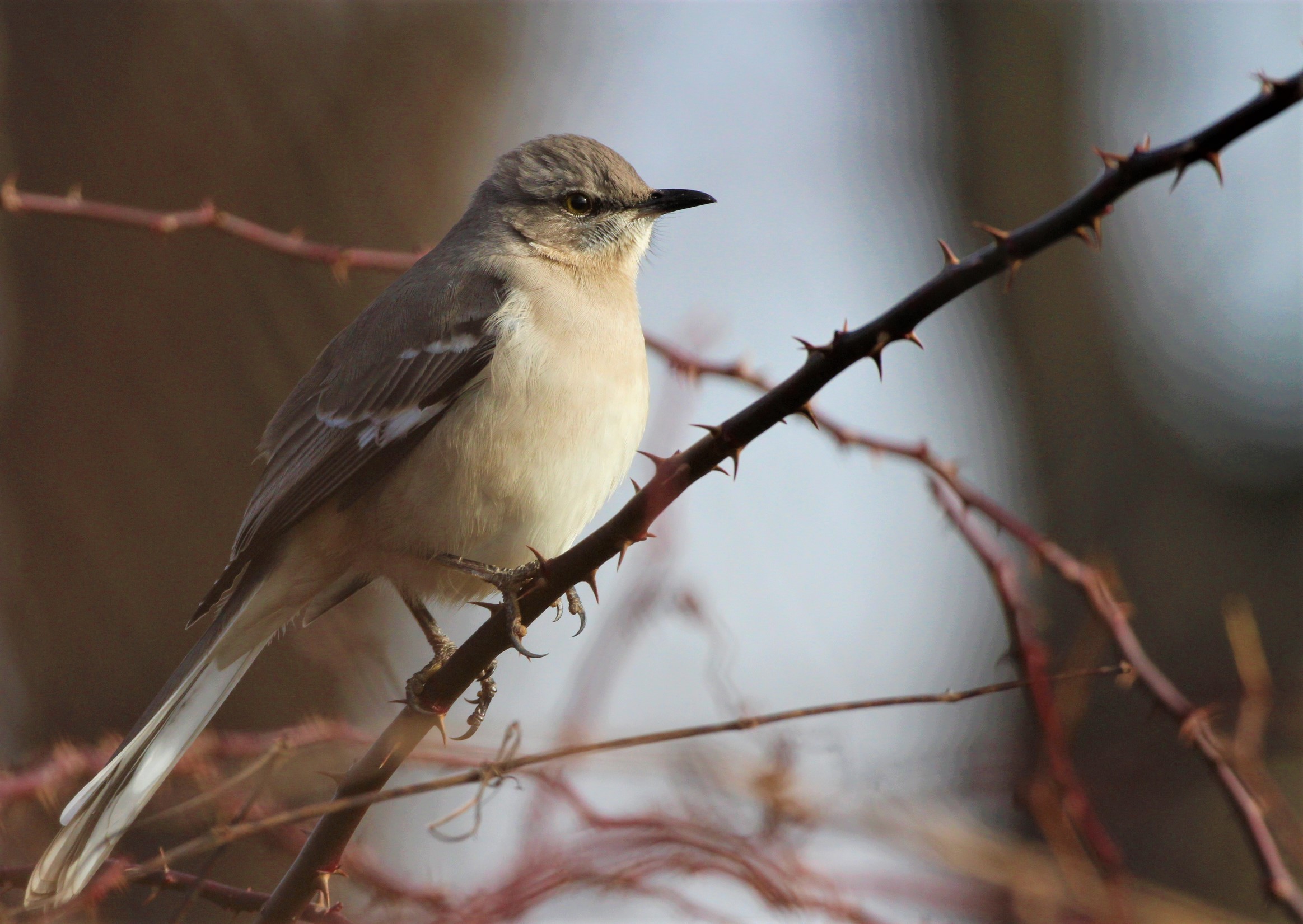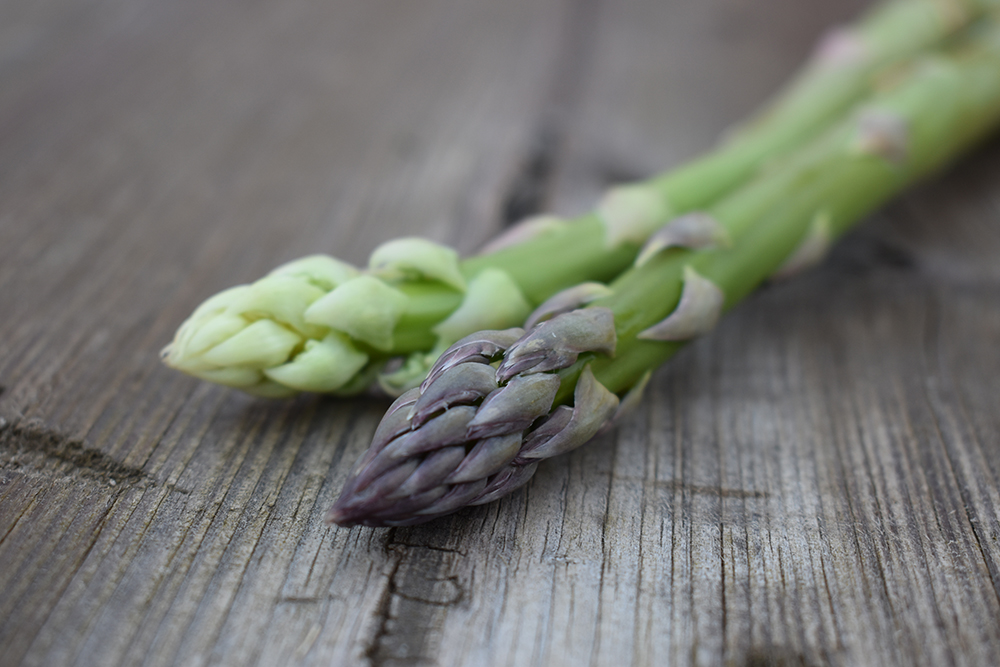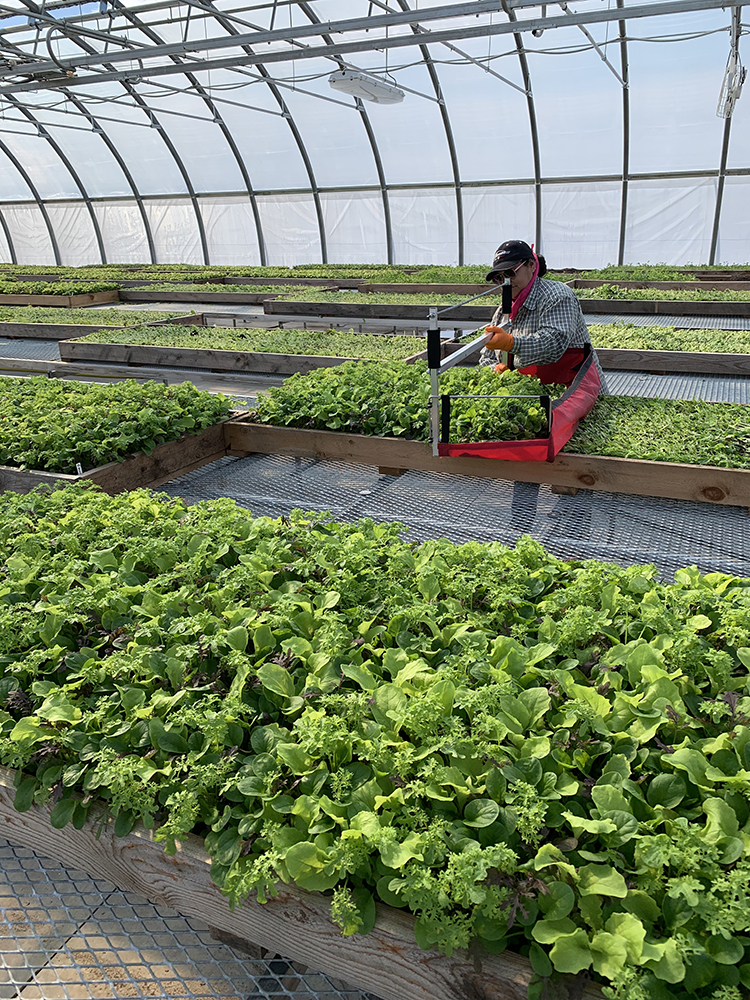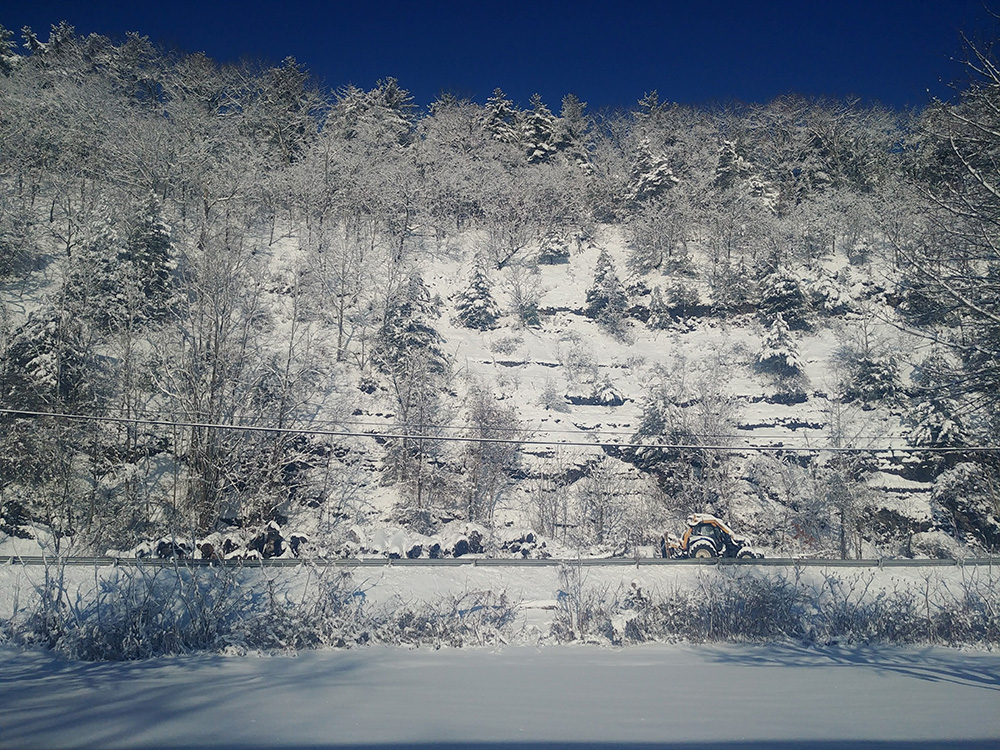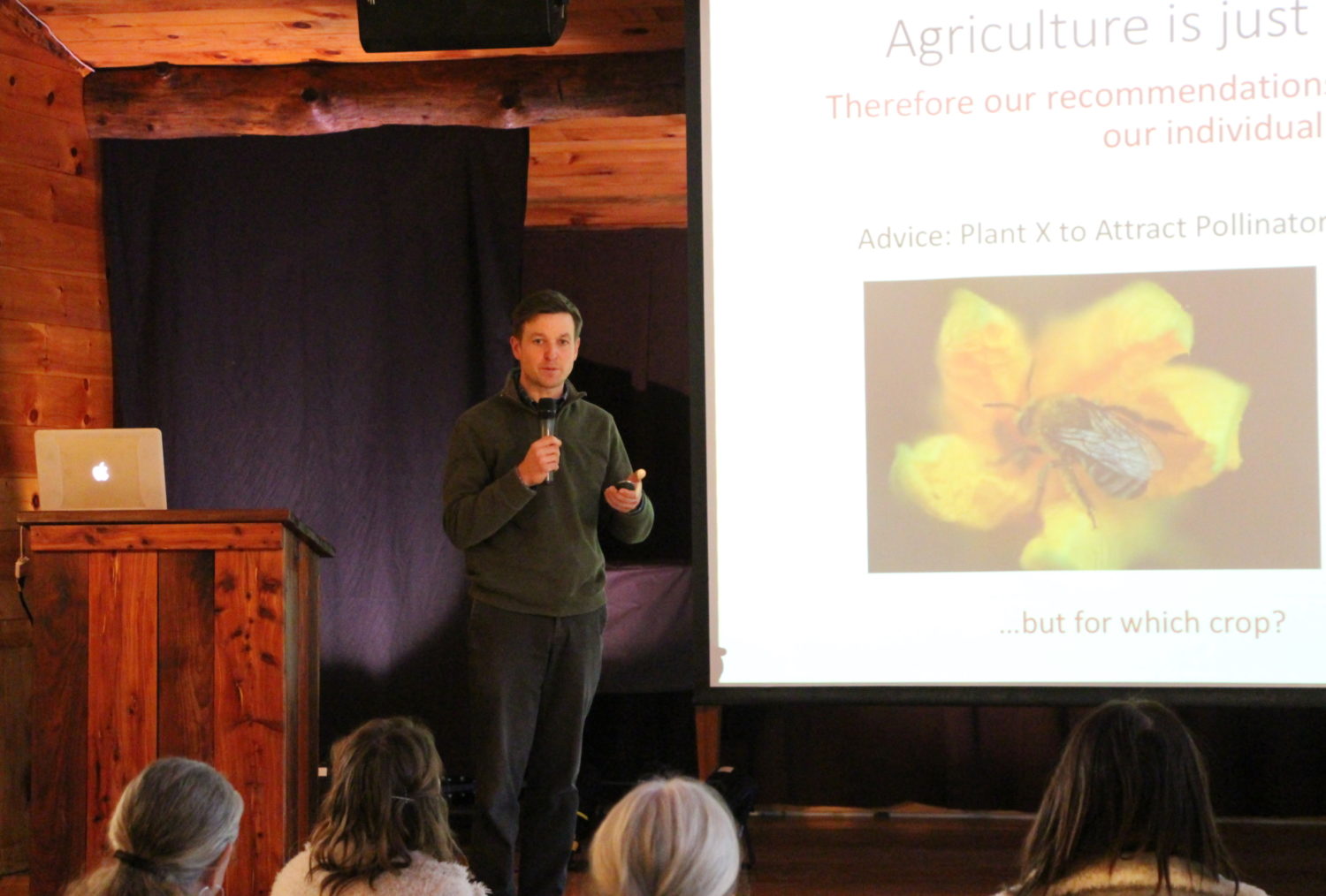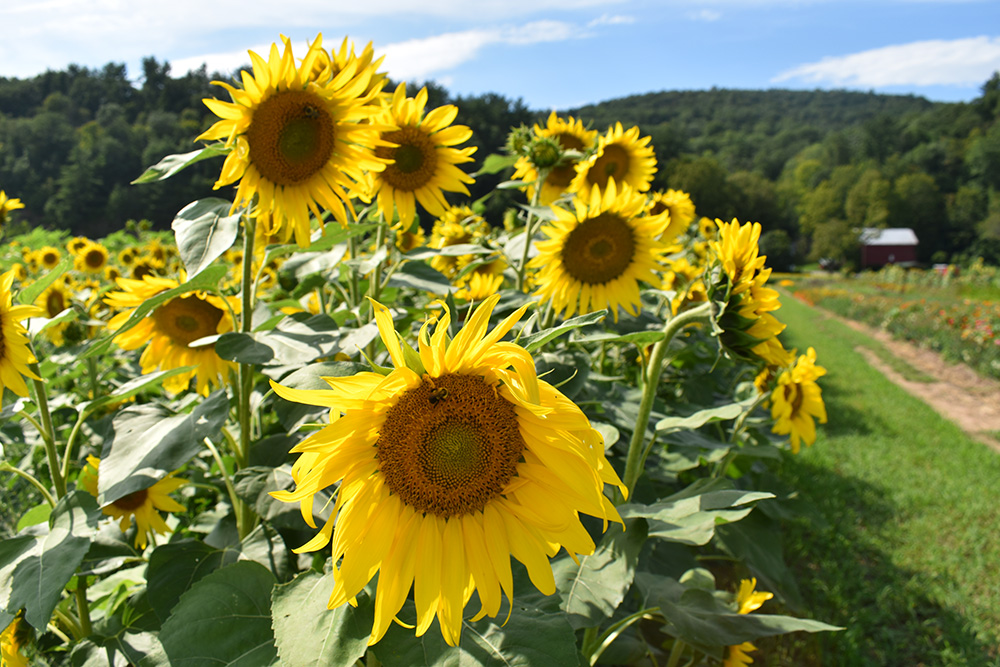By Anne Bloomfield
Anne is the Program Manager for the Applied Farmscape Ecology Program
As we gain daylight, the land begins to show us many signs of spring. Migratory birds are beginning to arrive from their long journeys. Even though there is still snow on the ground and the temperature continues to dip below freezing, birds have started to sing their spring songs. In the winter, many bird vocalizations are simple in nature – a soft chip note or a buzzy call note. With spring fast approaching, birds begin warbling, trilling and drumming as they turn their attention to setting up territories in order to find mates and protect their young in the spring. The photos in this gallery were taken on bird surveys that are conducted as part of our long term monitoring to better document habitat use year round by birds on farms in our region. At the Farm Hub we have documented 177 species of birds including several species of conservation concern.

